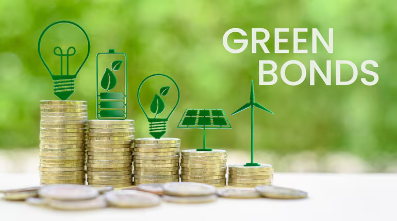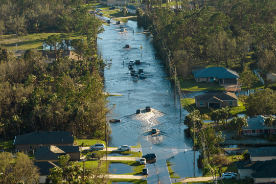Finance
Green Bonds 2025–25: What the Data Says Size, sectors, and who’s issuing most.

The green bond market has entered a new phase in 2025–25, with issuance levels, sectoral focus, and regional dynamics revealing how sustainable finance is evolving in practice. Once considered a niche corner of fixed income, green bonds have become a mainstream instrument for governments, corporates, and financial institutions seeking to raise capital for climate-aligned projects. The latest data shows not only the continued growth of the market but also shifts in who is driving it and what types of projects the proceeds are financing.
In terms of size, global issuance volumes have rebounded after a slowdown in 2025–23, reflecting stronger investor appetite for climate-focused assets and a renewed policy push in several regions. Sovereigns continue to play a leading role, with large benchmark issuances from the EU, Germany, and the UK anchoring the market. Emerging markets are also stepping up: countries such as Brazil, Chile, and Indonesia have brought sizable deals, often with multilateral backing, broadening the geographic spread of green bond flows.
The sectoral mix of green bond proceeds highlights a clear tilt toward energy and infrastructure. Renewable power generation, grid upgrades, and energy efficiency projects continue to absorb the largest share of financing, reflecting both policy priorities and investor confidence in proven technologies. At the same time, there is growing interest in green transport (such as electric rail and low-emission buses), sustainable buildings, and water management. Adaptation and biodiversity projects, while still smaller in scale, are beginning to appear more frequently in issuer pipelines as frameworks like the EU Taxonomy and TNFD push issuers to think beyond carbon.
When it comes to issuers, the landscape is diversifying. Sovereigns and supranationals remain anchor players, but corporates—from utilities and industrials to technology companies—are increasingly tapping the market. Financial institutions, particularly European and Asian banks, have also emerged as major issuers, using green bonds to fund lending portfolios aligned with net-zero commitments. One striking development in 2025–25 is the rise of transition-oriented issuances from high-emitting sectors such as steel and shipping, where proceeds are tied to concrete decarbonization projects.
The data also shows that investor demand remains strong, with many green bonds oversubscribed and pricing benefits (“greenium”) continuing in certain markets, particularly for high-quality sovereign and investment-grade corporate issuances. However, concerns about credibility and greenwashing persist. Investors are scrutinizing frameworks, use-of-proceeds reporting, and impact metrics more closely, demanding greater transparency on how funds are actually deployed. This has led to a wave of second-party opinions and external verifications becoming standard practice, raising the bar for issuers entering the space.
Looking ahead, the green bond market in 2025–25 is set to be shaped by three forces: tightening regulation (especially in the EU), increasing issuer diversity (with more activity from emerging markets and transition sectors), and rising expectations for impact reporting. Together, these trends suggest that while the green bond label is becoming more mainstream, the burden of proof on issuers to demonstrate real-world outcomes is only getting heavier. For investors, this means opportunity—but also the need for sharper due diligence.

Sarah Thompson
COMMUNITY MANAGER
At least 20 people killed in Russian glide bomb attack on village in eastern Ukraine

Transition vs. Physical Risk A decision tree for which risk dominates by industry.

Getting Assurance-Ready — Controls and evidence trails for sustainability data.
trending posts

TOP Categories
Google Web Reporters











3 comments
David Bowie
3 hours agoEmily Johnson Cee
2 dayes agoLuis Diaz
September 25, 2025